With more than 30 years of experience, Shinagawa Lasik & Aesthetics has risen through the ranks to become a world-renowned leader in LASIK and Aesthetics with 47 branches all over Japan and two (2) in the Philippines.
Now, Shinagawa extends its expertise beyond vision care through through Japanese-standard healthcare at Shinagawa Diagnostic & Preventive Care. This clinic brings Japan’s trusted approach to health—focused on early detection and prevention—to Filipinos seeking complete wellness.
Ophthalmology and Eye Care Services
Vision Check (Eye Test)
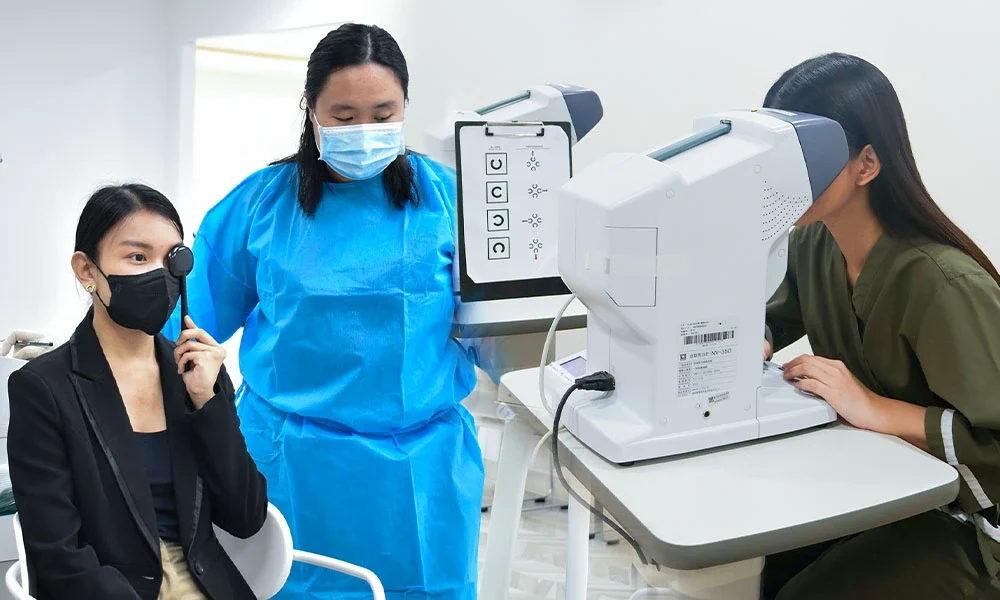
Fundus
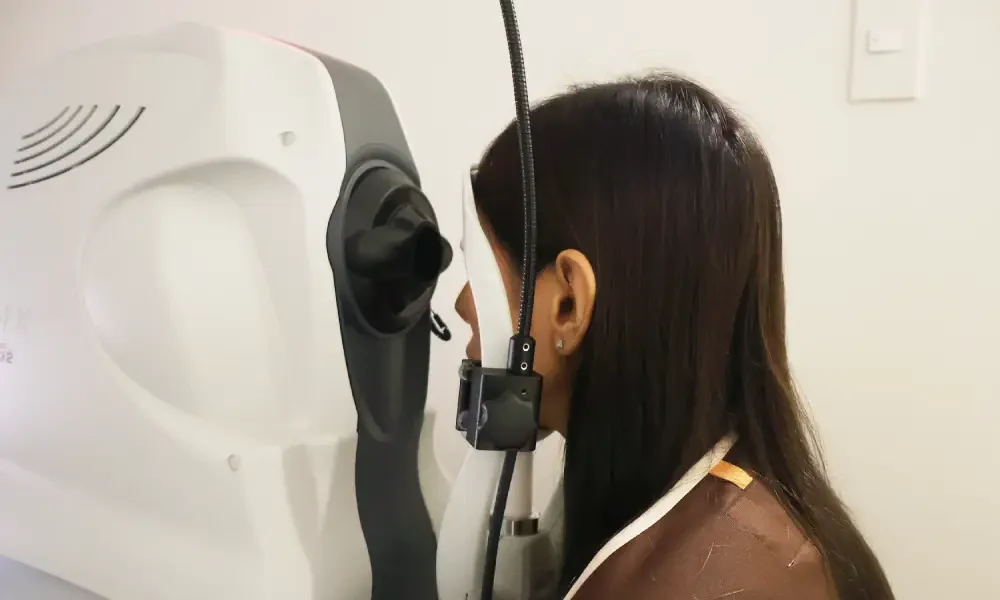
Tonometry
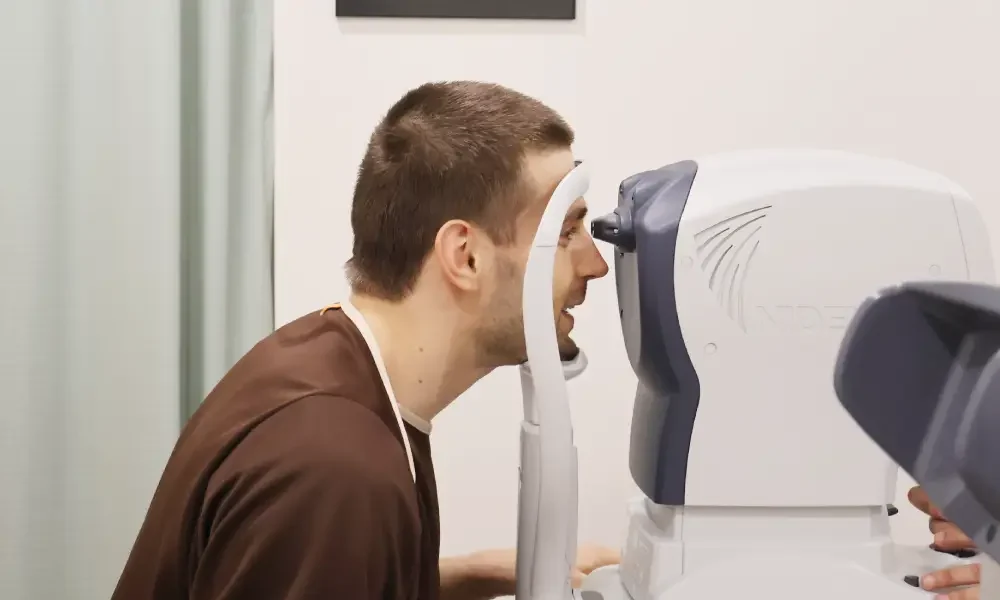
Optical Coherence Tomography (OCT)
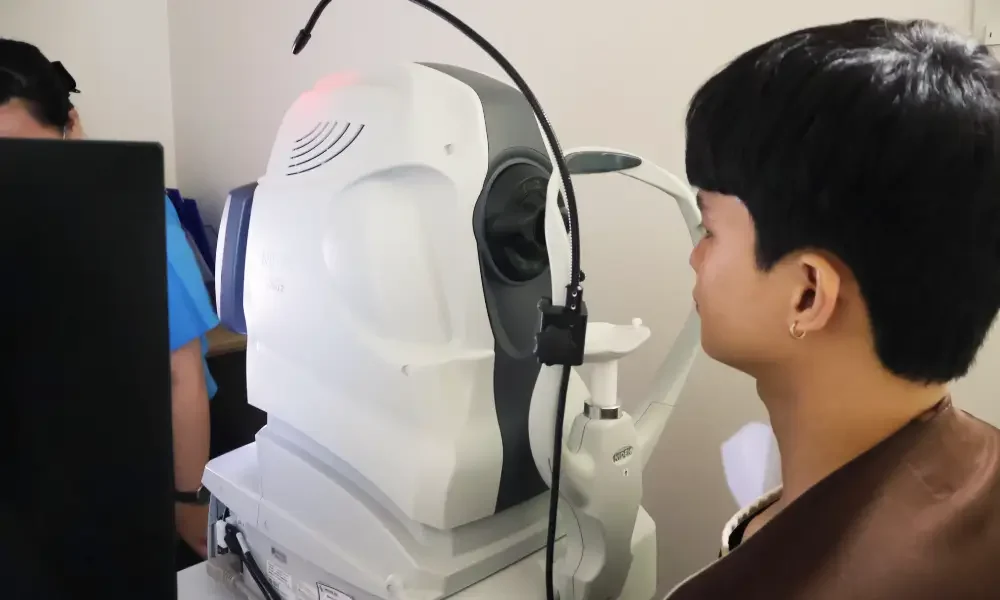
Services offered at Shinagawa LASIK
Dry Eye Test
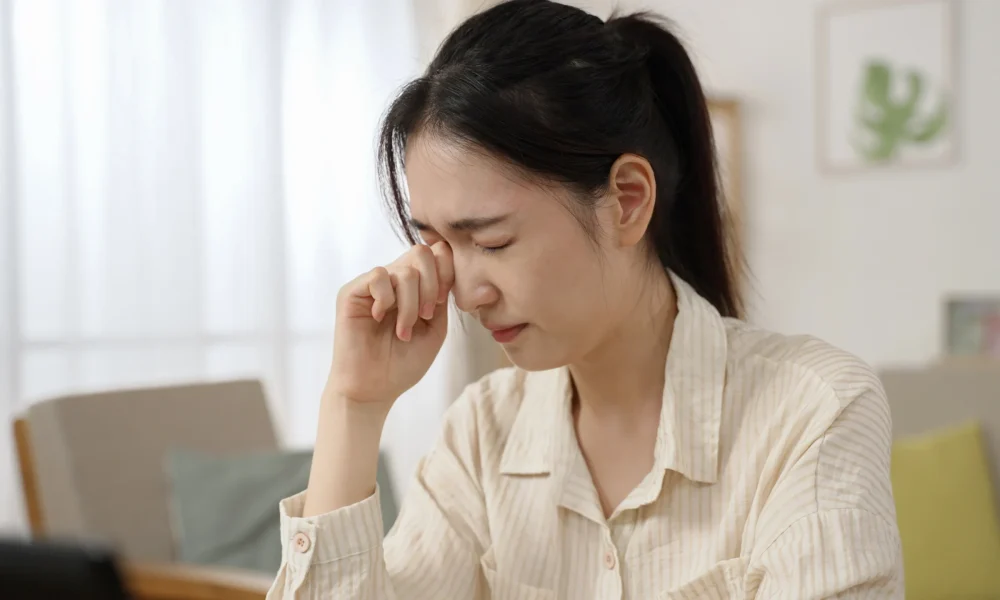
Frequently asked questions
Dry eye is a multifactorial disease of the tears and ocular surface that results in symptoms of discomfort, visual disturbance, and tear film instability with potential damage to the ocular surface. It is accompanied by increased osmolarity of the tear film and inflammation of the ocular surface.
You may have Dry Eye Disease/Syndrome if you have two or more of the symptoms below:
- Redness
- Burning
- Itching
- Fluctuation in vision
- Feeling of sand or grit in eye
- Contact lens in discomfort
- Light sensitivity
- Watery eyes
- Tired eyes
- Indoor environment
- Outdoor environment
- Frequent flying
- Smoking
- Health conditions
- Medications
- Eyelid problems
- Have been diagnosed as a potential dry eye sufferer
- Have non-specific ocular discomfort
- Have the need or desire for eye surgery (LASIK, Cataract, ICL, etc.)
- Post refractive surgery patients
- Works in low humidity environments
- Long term glaucoma medication users
- Contact lens wearers
- Intense computer, TV, smart phones and tablet users
Ishihara Eye Test
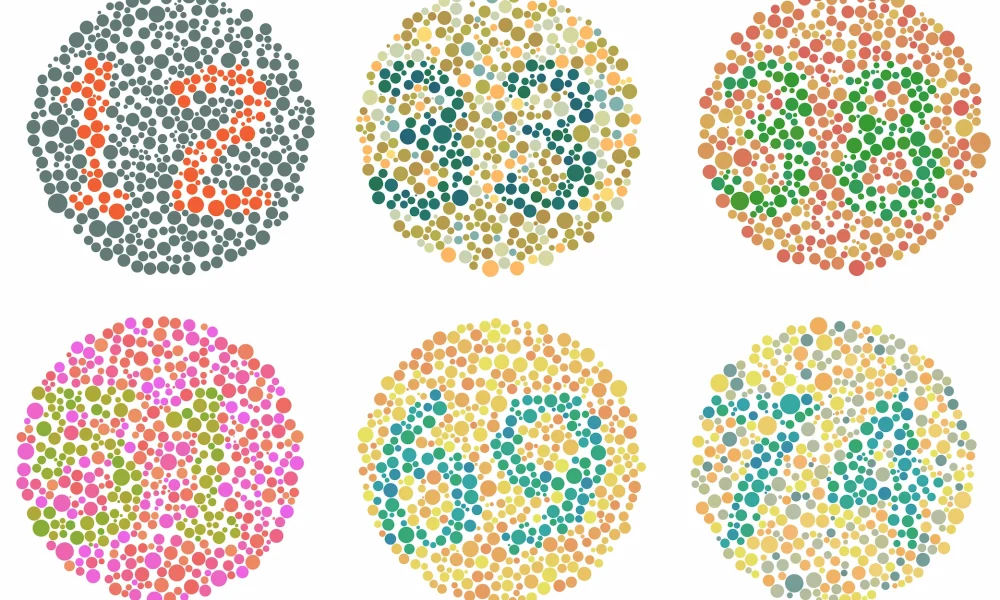
Frequently asked questions
People with normal color vision can easily identify the number or shape, while those with red-green color blindness may see the number or shape differently or not at all.
The test can help identify the severity of the red-green deficiency.
The Ishihara test is not a definitive diagnosis and should be used in conjunction with other tests for a complete assessment. It is primarily designed to test red-green color blindness and may not be as effective for other types of color vision deficiencies.
If you frequently encounter discrepancies in your color perception, or you are finding it difficult to differentiate certain shades and hues, you may have a form of color deficiency.
- An enhanced sense of smell
- Enhanced night vision
- Bright light sensitivity
- Difficulties reading colored work pages
- Decreased attention span when coloring
- Exclusively coloring with the wrong colors
- Head or eye ache when looking at red on green or green on red backgrounds
Visual Field Test
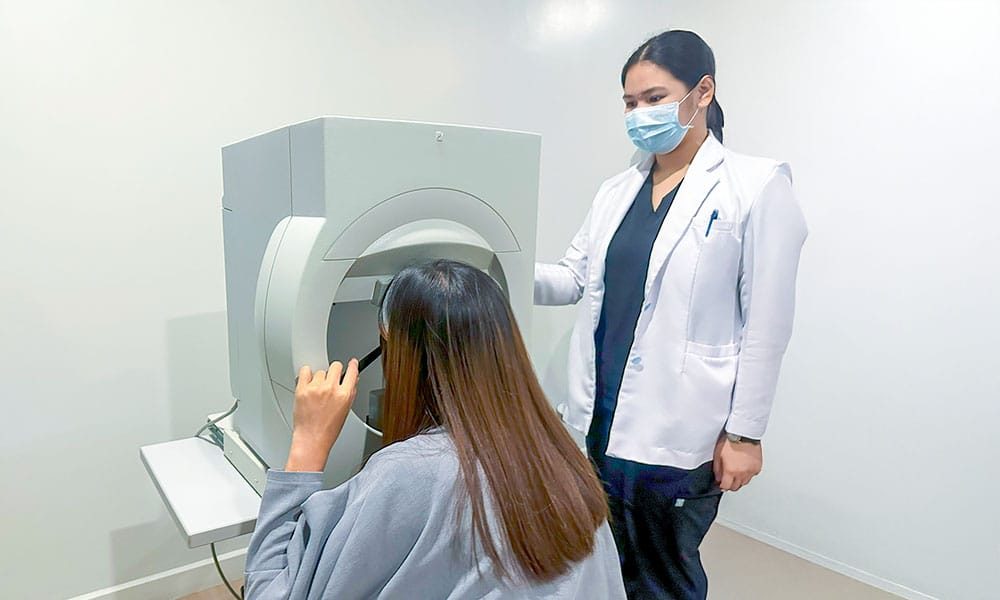
Frequently asked questions
Visual field tests help determine if there are any “blind spots” or areas of vision loss, and if so, how much and where they are located.
During the test, one eye is covered while looking at a fixed point in front and the examiner presents targets or lights in your peripheral vision.
Visual field testing is important for diagnosing and monitoring conditions like:
- Glaucoma
- Strokes
- Macular degeneration
- Multiple sclerosis (MS)
- Optic nerve disorders
- Brain tumors
The results of a visual field test can help determine the extent of your peripheral vision and identify any potential visual field deficits.
